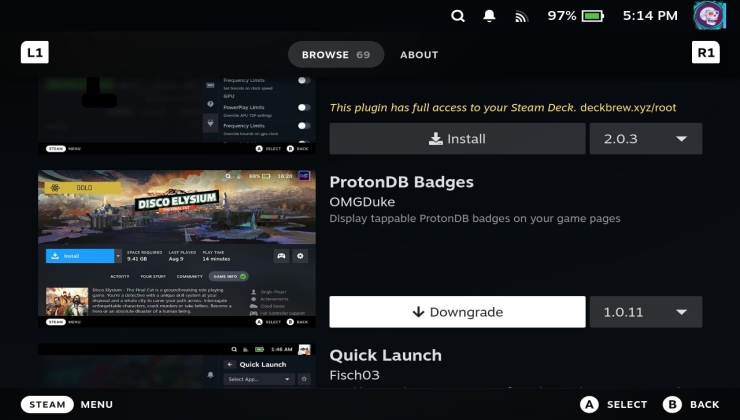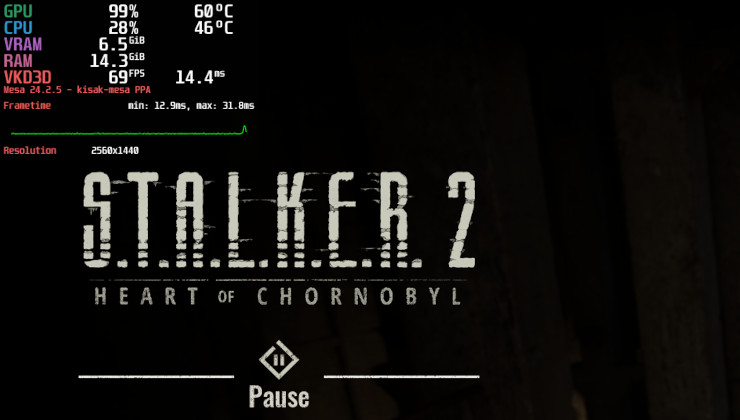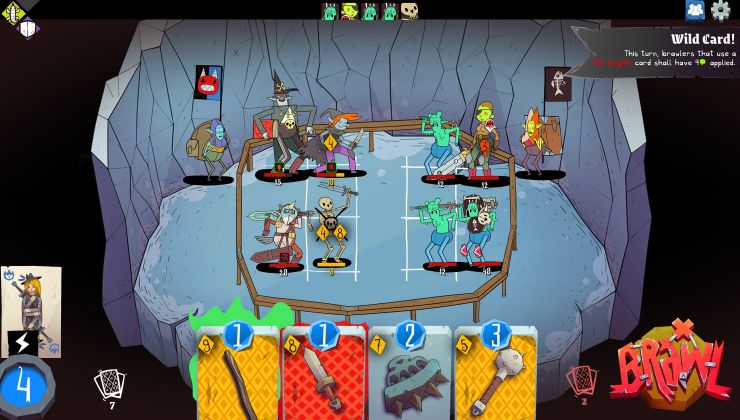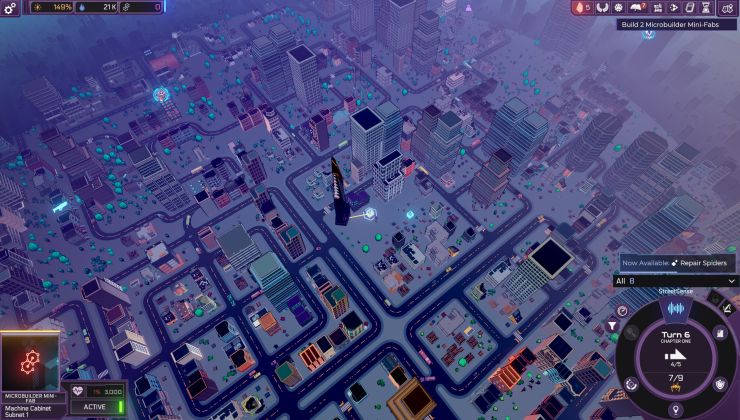Developer Nate Graham has highlighted more recent work for the KDE Plasma desktop environment (the one the Steam Deck will come with) and it's all sounding great.
Continuing their effort to prevent breakage, just like stopping the Discover software centre removing your desktop, Discover now cannot uninstall itself. That's right, previously Discover was able to end up removing itself from your desktop! Now though, it won't as there's new checks in place.
Discover is also seeing something of a UI overhaul now too for application pages. So when you click on something in Discover you're interested in installing, you'll now get clearer information on each app like the size and version information.
It's really nice to see so much effort being put into Discover, since that is the way users are supposed to find and install apps on Plasma. Even more fixes came in like it no longer crashing when you install or uninstall more than one Flatpak app at once, showing the correct size for "very very large" packages, a better screenshot pop-up for applications when you're viewing their page and the list goes on.
Wayland improvements continued apace too like Kate (the text editor) no longer flashes when you hit Ctrl+S to save your changes and dragging-and-dropping various things to XWayland apps no longer sometimes makes them stop accepting clicks until the system is restarted.
Dolphin (the file manager) improvements coming along too like it no longer crashing if you cancel an archiving job in the middle that was initiated from one of Dolphin’s context menu "Compress" items. The list goes on, as Graham mentions the blog posts only scratch the surface of the working going into KDE Plasma.
Many don't know what an OS is.Not linux user will
1. switch to windows
This might be true for a PC gamer who builds PCs, etc. The average console gamer, and even a less experienced PC gamer, is unlikely to install a new OS. The overwhelming majority of PC users never do.
Yes.
I think most PC gamers aren't quite that bad off, but this is a crucial bit of perspective that a lot of people hoping for widespread Linux adoption are missing. My dad, a person with an advanced degree and a professional license, uses Windows and frequently asks me how to "get into Microsoft." The average computer user doesn't have a clue what is going on and doesn't care until it stops working. There is literally zero chance of them installing a non-mainstream OS.
As mentioned above, you cannot judge KDE if you installed it over top of a default Gnome setup. This is true the other way around, too.
If it can't perform in that kind of setup, then why is installing more than one DE an option? I have literally never once anywhere seen anyone discourage doing this before.
It is an option because Linux gives you options, even if you hang yourself with them.
You have a few choices here:
a) you can spend the hours needed to fix your dual-DE setup
b) you can listen to advice and avoid things that tend to not work out well
c) you can run something with less options, like MacOS
As mentioned above, you cannot judge KDE if you installed it over top of a default Gnome setup. This is true the other way around, too.
If it can't perform in that kind of setup, then why is installing more than one DE an option? I have literally never once anywhere seen anyone discourage doing this before.
It is an option because Linux gives you options, even if you hang yourself with them.
You have a few choices here:
a) you can spend the hours needed to fix your dual-DE setup
b) you can listen to advice and avoid things that tend to not work out well
c) you can run something with less options, like MacOS
That's the point, though. I have never seen such advice, and as a matter of fact, I have read a lot of sources on how easy it is to set up and maintain multiple DEs on the same system. Nowhere before this thread have I seen anyone say, "It is not a good idea to install more than one DE on the same system." I am not saying this is not sound advice. I am saying it is advice that no one has ever given me.
As mentioned above, you cannot judge KDE if you installed it over top of a default Gnome setup. This is true the other way around, too.
If it can't perform in that kind of setup, then why is installing more than one DE an option? I have literally never once anywhere seen anyone discourage doing this before.
It is an option because Linux gives you options, even if you hang yourself with them.
You have a few choices here:
a) you can spend the hours needed to fix your dual-DE setup
b) you can listen to advice and avoid things that tend to not work out well
c) you can run something with less options, like MacOS
That's the point, though. I have never seen such advice, and as a matter of fact, I have read a lot of sources on how easy it is to set up and maintain multiple DEs on the same system. Nowhere before this thread have I seen anyone say, "It is not a good idea to install more than one DE on the same system." I am not saying this is not sound advice. I am saying it is advice that no one has ever given me.
I can concur I you want. It is not a good idea to install multiple DE on a system. Oh multiple tiling manager work fine, but two DE that will compete for QT or gtk configuration or for the default programs will cause havoc on your system
Last edited by amatai on 15 Feb 2022 at 8:13 am UTC
In my experience, it's mostly down to mime types changing and Dialog boxes (trying to think of some examples, but I want to say FS-UAE is one which will open different file selection boxes depending on DE, and that can get confused after a DE flip/flop.)As mentioned above, you cannot judge KDE if you installed it over top of a default Gnome setup. This is true the other way around, too.
If it can't perform in that kind of setup, then why is installing more than one DE an option? I have literally never once anywhere seen anyone discourage doing this before.
It is an option because Linux gives you options, even if you hang yourself with them.
You have a few choices here:
a) you can spend the hours needed to fix your dual-DE setup
b) you can listen to advice and avoid things that tend to not work out well
c) you can run something with less options, like MacOS
That's the point, though. I have never seen such advice, and as a matter of fact, I have read a lot of sources on how easy it is to set up and maintain multiple DEs on the same system. Nowhere before this thread have I seen anyone say, "It is not a good idea to install more than one DE on the same system." I am not saying this is not sound advice. I am saying it is advice that no one has ever given me.
I can concur I you want. It is not a good idea to install multiple DE on a system. Oh multiple tiling manager work fine, but two DE that will compete for QT or gtk configuration or for the default programs will cause havoc on your system










 How to set, change and reset your SteamOS / Steam Deck desktop sudo password
How to set, change and reset your SteamOS / Steam Deck desktop sudo password How to set up Decky Loader on Steam Deck / SteamOS for easy plugins
How to set up Decky Loader on Steam Deck / SteamOS for easy plugins
See more from me